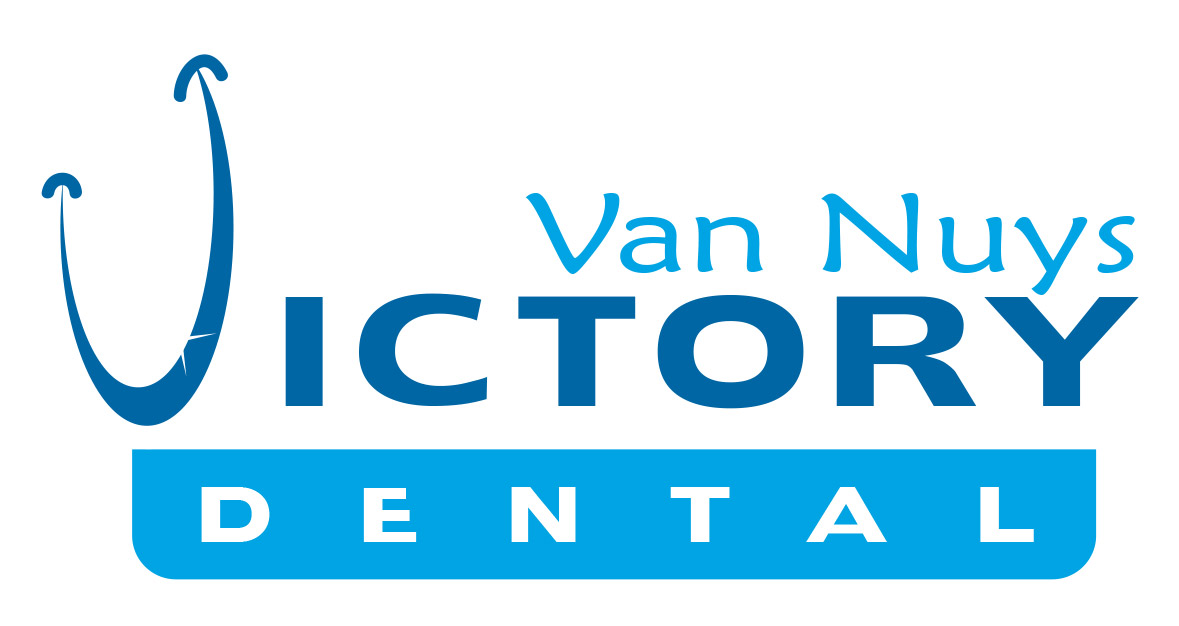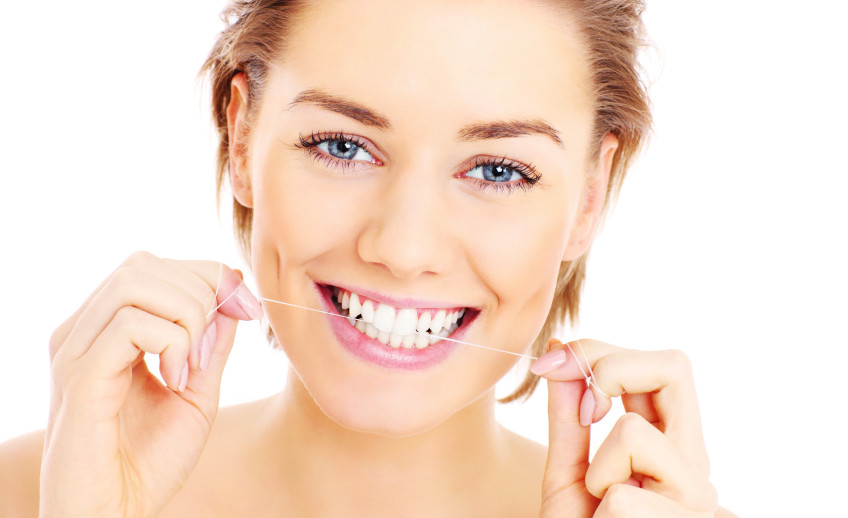If you are intent on keeping the health of your oral cavity at an optimal level, the most important thing that you will have to understand is that the maintenance of one’s oral health is best achieved through the partnership of the patient with his dentist. Together, they can better take proper care of the teeth and all the other structures of the oral cavity.
The patient’s work at home
Dental hygiene is the patient’s own responsibility. At home, the patient holds full control the quality and frequency of care that his mouth receives. The most important oral hygiene measures are tooth brushing, flossing and gargling with mouthwash. They are meant to be done regularly, to rid the mouth of accumulated plaque and prevent the onset of disease. Thorough and regular hygiene practices should provide enough protection to the health of the patient’s mouth. Brushing cleans the mouth and removes adherent plaque that brings about dental disease. Flossing cleans in between the teeth and removes food particles and plaque that get stuck and sometimes cause proximal and gum disease. Rinsing with a mouthwash, especially the ones which are medicated, will maintain the health of the gum tissue and also promote proper healing for sores and surgical wounds.
The dentist’s job in the office
While the patient’s own hygiene measures are good enough to maintain health, you cannot completely rely on what the toothbrush, floss and mouthwash can do. Patients are encouraged to see their dentists every six months, or at least twice a year, for dental cleaning and check-up. During these visits, the health of the structures of the oral cavity are thoroughly inspected and proper treatment is given, if the condition requires so.
The most basic dental procedure performed in the dental office is dental cleaning. Often referred to as oral prophylaxis, the procedure involves scaling through the supragingival and subgingival surface of the teeth to remove plaque and calcular deposits. It can be performed manually using different types of scalers and curettes; and it can be done with an ultrasonic machine, an equipment which vibrates at a speed that enables effective scaling and planning of the tooth surface.
Your oral hygiene measures at home are good enough up to some point. It is fairly limited in terms of reaching into the crucial areas and where you efforts are limited, the dentist comes in to provide additional support. Depending on the existing condition of the patient’s oral health, a superficial or deep cleaning treatment will be required. These procedures will help restore the health of the periodontium and significantly halt the progression of disease. Whether the condition is of health or the patient is dealing with Gingivitis or Periodontitis, a proper address can be provided.
Gingivitis is a reversible gum condition that is more aptly referred to as to gum disease where loss of soft tissue attachment can be observed. The gum tissue presents with some pain, swelling, bleeding and pus formation. If this is not properly resolved it will progress to a more serious gum disease referred to as Periodontitis. Effects of the disease can be irreversible as it involves loss of bone and presents some tooth mobility in varying degrees. Your only hope in such cases will be that the condition is detected earlier on, before significant damage is allowed to take place. A good relationship with your dentist will be very helpful for this.

